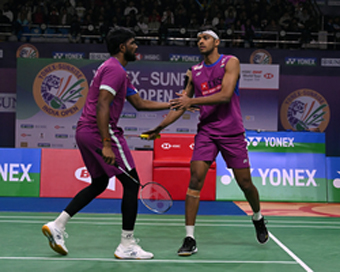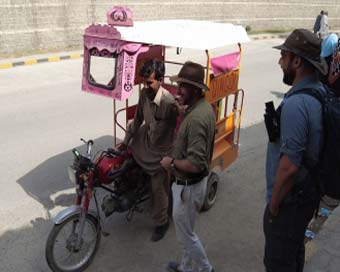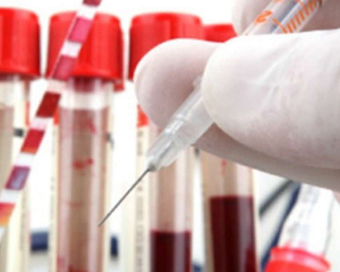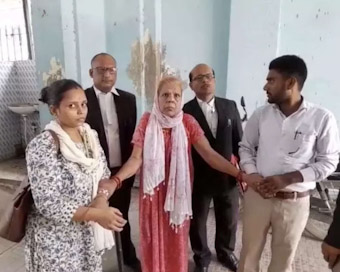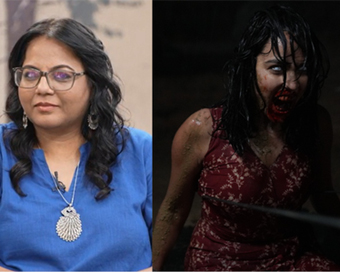Gallery
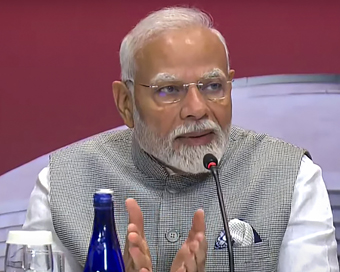 PM Modi visit USA
PM Modi visit USA Only the mirror in my washroom and phone gallery see the crazy me : Sara Khan
Only the mirror in my washroom and phone gallery see the crazy me : Sara Khan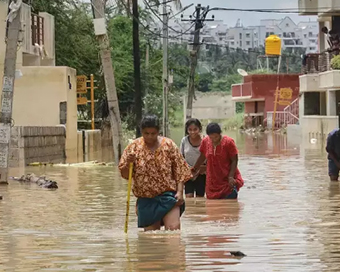 Karnataka rain fury: Photos of flooded streets, uprooted trees
Karnataka rain fury: Photos of flooded streets, uprooted trees Cannes 2022: Deepika Padukone stuns at the French Riviera in Sabyasachi outfit
Cannes 2022: Deepika Padukone stuns at the French Riviera in Sabyasachi outfit Ranbir Kapoor And Alia Bhatt's Wedding Pics - Sealed With A Kiss
Ranbir Kapoor And Alia Bhatt's Wedding Pics - Sealed With A Kiss Oscars 2022: Every Academy Award Winner
Oscars 2022: Every Academy Award Winner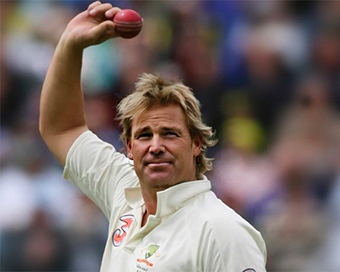 Shane Warne (1969-2022): Australian cricket legend's life in pictures
Shane Warne (1969-2022): Australian cricket legend's life in pictures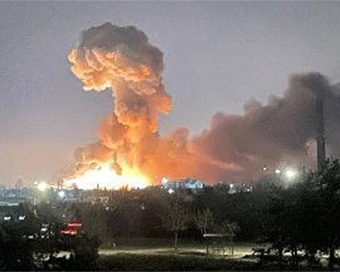 Photos: What Russia's invasion of Ukraine looks like on the ground
Photos: What Russia's invasion of Ukraine looks like on the ground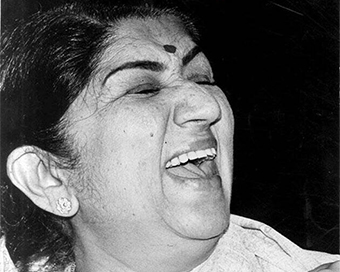 Lata Mangeshkar (1929-2022): A pictorial tribute to the 'Nightingale of India'
Lata Mangeshkar (1929-2022): A pictorial tribute to the 'Nightingale of India'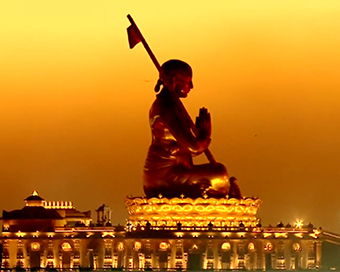 PM Modi unveils 216-feet tall Statue of Equality in Hyderabad (PHOTOS)
PM Modi unveils 216-feet tall Statue of Equality in Hyderabad (PHOTOS)The Badminton Association of India (BAI) has announced a 14-member-strong India squad for
- Men’s Sr Hockey Nationals to be played in division-based format from April 4
- Mensik denies Djokovic 100th title in Miami final
- KIPG: Son of a vegetable vendor, Bihar’s Jhandu Kumar eyes Worlds, 2028 Paralympics
- Hardik Singh credits hard work and team unity for receiving HI Midfielder of the Year award
- Djokovic, Alcaraz land in same half of Miami draw
COVID vaccine to reach usable stage after 2020: IMA Last Updated : 19 Jul 2020 05:21:23 PM IST 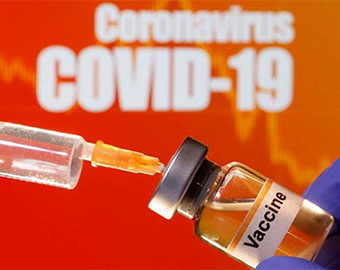
Covid vaccine While India is set to begin the trials of its indigenous coronavirus vaccine from this week, a top official from the Indian Medical Association (IMA) has claimed that a vaccine cure for the deadly COVID-19 upon its development and marketing would reach usable stage only after 2020.
"A usable vaccine to cure COVID-19 and bringing the same to good use would go beyond 2020. Developing a vaccine for viral infections is a longer process as firstly, these infections have shorter immunity and secondly, viruses mutate faster, so this makes developers clueless as to which mutation is there in which part of the country," said Dr V K Monga, IMA Board of Hospitals Chairman.Dr Monga further added that for developing a vaccine there are multiple stages and steps. "Developing a vaccine is not a political decision, it involves a lot of steps and procedures," he said. Explaining the process, he said, "First, we isolate the virus then you develop an antidote to that, followed by animal testing and then on human volunteers. Secondly, you see the efficacy, toxicity and then its longevity as to how long it sustains.""Since, the viral infections have shorter immunity; a vaccine with a longer effect is to be seen, secondly, we have to see that it has no side effect and thirdly, viruses mutate faster and hence, it has to be seen that the vaccine is effective on most of the mutants as we don't know which mutated virus is present in which part of the country," he said.Speaking about the rise in the recovery rate, Dr Monga said that in this particular disease, approximately 80 per cent of the people are recovering on their own. "These patients will automatically recover. Home isolation is a good thing," he said adding that people using masks and adhering to social distancing norms is also increasing recovery. However, he clarified that plasma therapy, which is being seen as the only solution to COVID-19 in place of the absence of the vaccine, can't minimise the need of a vaccine."In the case of COVID-19, only vaccine or immunity can defeat the present disease," he said. Regarding community spread of this virus, he added that community spread of COVID-19 has begun in India and the major causes of this are migration of labourers and discontinuing of contact tracing of COVID-19 patients."We have indeed moved into community transmission phase. The government may not acknowledge it but look around how the people are getting infected. There are elderly who have not stepped out of home since months yet they have contracted the infection. There are women who have only gone out to buy vegetables in a week and carried home the COVID-19 infection," he said."The authorities are unable to track and trace the contacts of each positive case. Also, it is believed that 80 per cent of population is asymptomatic and have not tested themselves. Few days ago, Kerala government admitted about community transmission in a few districts despite the state having less cases in comparison to Delhi and Maharashtra," he added.With 38,902 new cases reported in the past 24 hours India's total coronavirus cases on Sunday reached 10,77,618. With 543 new deaths the death toll stood at 26,816, Health Ministry data said. Karnataka is the new hotspot state nearing 60,000 cases, as Maharashtra remained the worst-hit state, with 3,00,937 cases and 11,596 casualties. It crossed the 3-lakh mark on Saturday with Mumbai reporting over 1 lakh coronavirus cases so far.It is followed by Tamil Nadu with total 1,65,714 cases, and 2,403 deaths. The national capital, on the other hand is projecting an uplifting trend. For 17 of the last 20 days, including 11 in a row now, the number of people recovering from Covid in Delhi has remained higher than newly detected infections -- no other state has come close to such a trend.IANS New Delhi For Latest Updates Please-
Join us on
Follow us on








172.31.16.186

